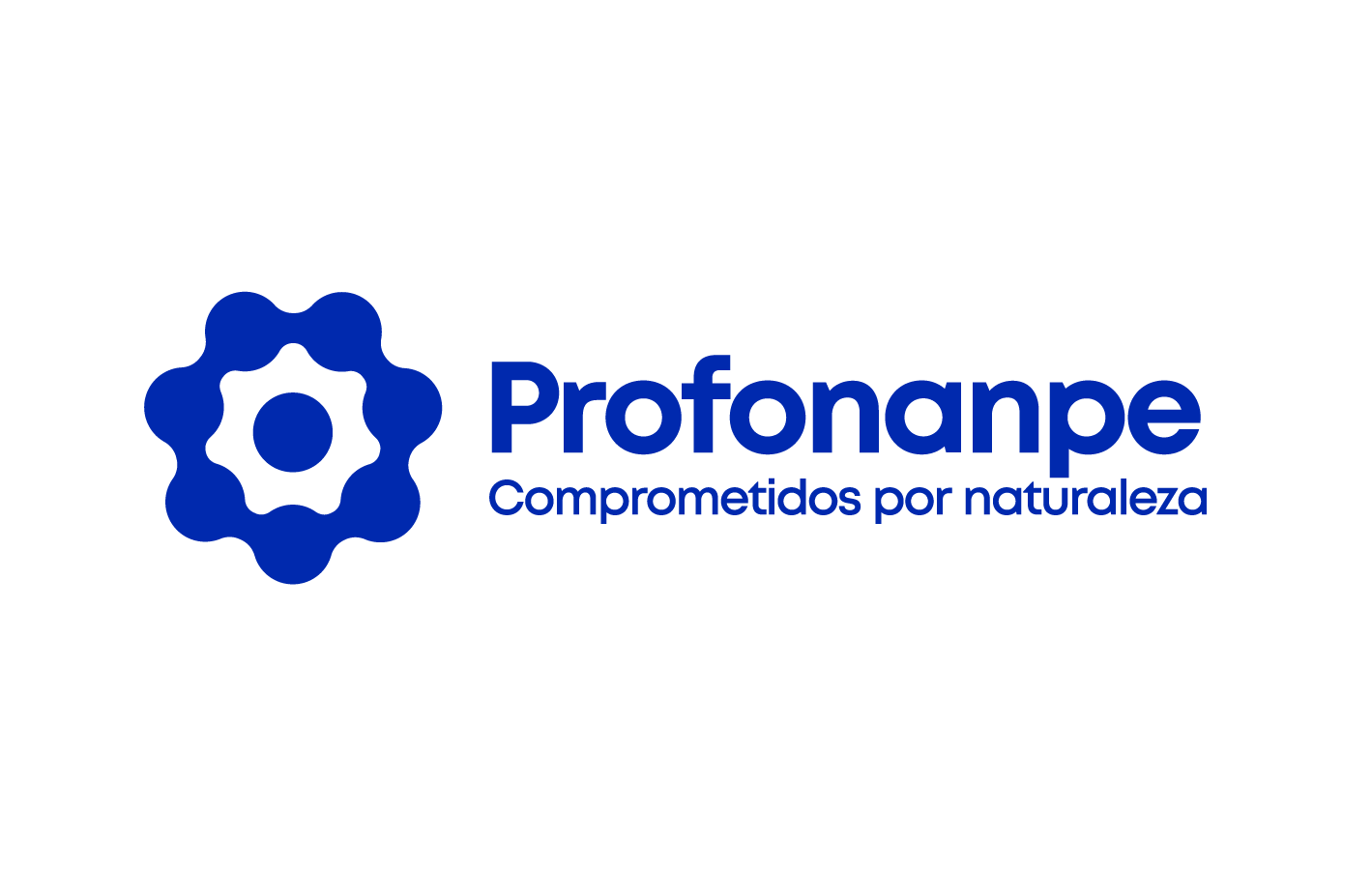Building the Resilience of Wetlands in the Province of Datem del Marañón, Peru
Enhancing the climate resilience and livelihoods of the indigenous wetlands communities of Datem del Marañón in the Amazon basin, while reducing greenhouse gas emissions from deforestation.
The swamps of Datem del Marañón hold a total carbon stock estimated at around 3.78 billion tonnes of carbon dioxide equivalent (CO2 eq.). The project will avoid deforestation of an estimated 4,861 hectares of palm swamp and terra firma forests over a 10-year period and enhance resilience and conservation of 343,000 ha of peatlands and forest.
Climate change will also have profound impacts on the region, with more frequent droughts, flooding, and heatwaves, and changes in primary productivity, affecting people and ecosystems.
The project will facilitate better land-use planning and management of the region’s wetlands, while strengthening sustainable, commercial bio-businesses of non-timber forest products. It will entrust indigenous communities with the management of resources, improve their livelihoods, and empower women in the decision-making processes.
The funding will support government departments in developing the land-use plan, and provide support to community-based organizations for the participation of indigenous people. The largest share of funds will support bio-businesses, including for business plans, marketing and management, equipment and supplies, and the development of solar energy for operations. The nature-based products include salted fish, smoked meat, aguaje pulp (from palm trees), and “dragon’s blood,” a croton tree resin used as an antiinflammatory and anti-viral.
The project has an estimated lifespan of 10 years.
Project timeline
Pipeline
18 Mar 2015 • 233 days
Concept note received
18 Mar 2015
Funding proposal received
15 Jul 2015
Cleared by iTAP
04 Nov 2015
Approved
05 Nov 2015 • 492 days
Approved by GCF Board
05 Nov 2015
Legal opinion on AE's Internal Approval
02 Mar 2016
FAA executed
15 Dec 2016
Under implementation
10 Mar 2017 • 2,854 days
FAA effective
10 Mar 2017
Disbursement - USD 1,022,186
31 May 2017
Annual Performance Report
01 Mar 2018
Annual Performance Report
01 Mar 2019
Disbursement - USD 1,300,000
25 Oct 2019
Disbursement - USD 1,927,632
23 Mar 2021
Disbursement - USD 1,590,182
05 Oct 2022
Disbursement - USD 400,000
15 Dec 2022
Completed
31 Dec 2024
-
Financing
- Private sector
- Public sector
-
Size
- Micro
- Small
- Medium
- Large
GCF financing100% disbursed
| Instrument | Amount |
|---|---|
| Grant | USD 6,240,000 |
| Total GCF Financing |
|---|
| USD 6,240,000 |
Co-financing
| Co-financer | Instrument | Amount |
|---|---|---|
| Co-Financing | Grant | USD 1,070,000 |
| Co-Financing | Grant | USD 1,800,000 |
| Total Co-Financing |
|---|
| USD 2,870,000 |
GCF Contacts
General media inquiries
GCF CommunicationsSend e-mail
Request for information
GCF Information DisclosureRequest information about this project
Project complaints and grievances
GCF Independent Redress Mechanism (IRM)Phone +82 32 458 6186 (KST)
File a complaint
Integrity issues
GCF Independent Integrity Unity (IIU)Phone +82 32 458 6714 (KST)
Send e-mail
Entity

Peruvian Trust Fund for National Parks and Protected Areas
Director of Development and Supervision
Av. Parque Gonzales Prada N° 396 esquina con Jr. Félix Dibós N° 400, distrito de Magdalena del Mar, provincia y departamento de Lima, Lima, Peru
More contacts
National Designated Authority
Ministry of Economy and Finance
General Director of International Economy, Competition and Productivity Affairs
Documents
News + Stories

The voices of Datem del Marañón: Protecting one of the most biodiverse ecosystems in the world
30 Mar 2023 / Datem del Marañón, located in northern Peru, is home to one of the largest and most biodiverse peatlands not only in Peru, but in the entire world. Spanning more than 3.8 million hectares, this remote province is home to a diverse ecosystem with more than 261 species of birds, unique marine life, and aguaje, one of the most abundant palm trees in South America.

Amazon indigenous peoples hold key to forest’s future
26 Aug 2021 / The indigenous peoples of the Amazon have a key stake in our planet’s future. The release of the vast carbon reserves stored in the world’s largest rainforest would bring dire consequences for all of us. It is still possible to preserve the Amazon, but only by also focusing on the livelihoods of its indigenous peoples. See how here.

